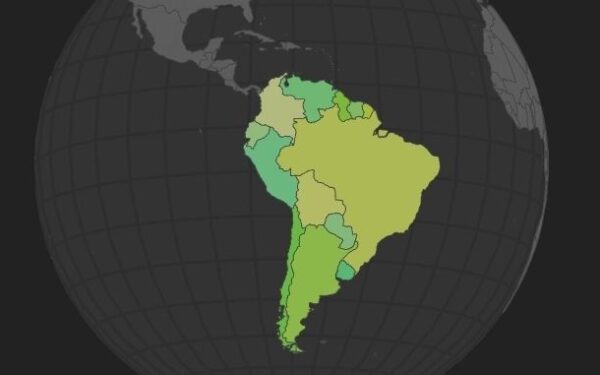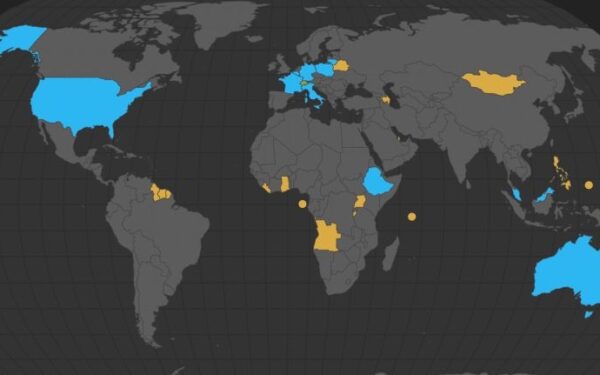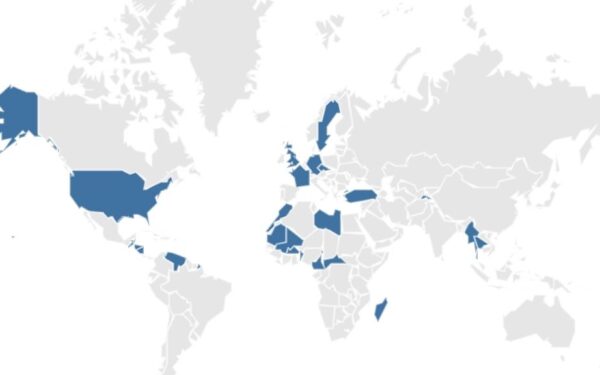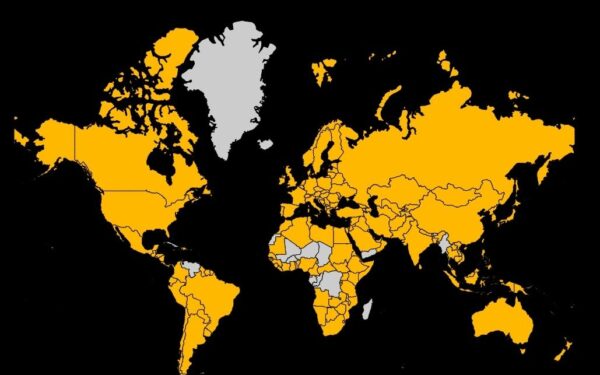Traveling to former Yugoslavia – where to go
From August 2014 to March 2018, I’ve traveled to all countries of former Yugoslavia and this region has become one of my favorite in the world. Why? The people are warm-hearted, the food is great, the cities are vibrant and this region offers the best value for money on the continent.
While ex-Yugoslavia has been a trouble spot for many years, it is completely safe nowadays. Moreover, it’s a great alternative to expensive Mediterranean holidays destinations like the Côte d’Azure or Sardinia, and also one with less tourists.
Seven countries are the remnants of Yugoslavia: Bosnia and Herzegovina, Croatia, Macedonia, Montenegro, Serbia, Slovenia and the not fully recognized Kosovo. Although these seven countries have a lot of similarities, each one of them has its own character. While it’s incredibly hard to tell which one is the best, this article describes the characteristics of each country going geographically from West to East.
Slovenia
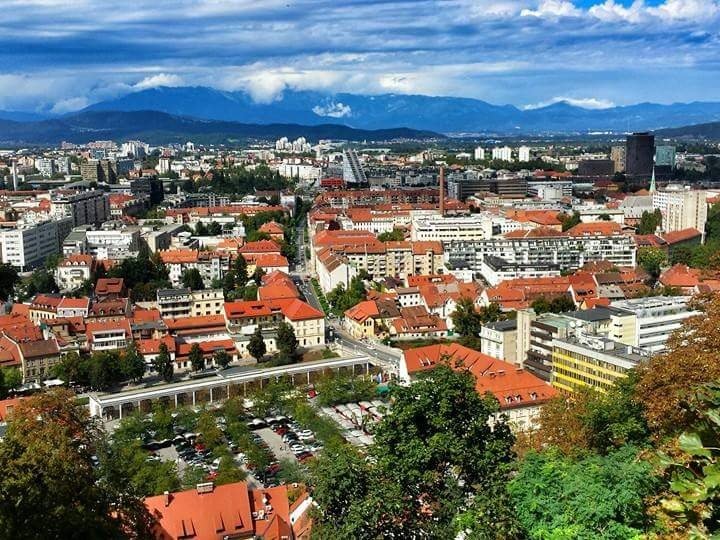
Slovenia was the first of the former Yugoslavian countries I’ve visited. It’s capital Ljubljana is a cute, laid-back city with a few good sights and decent nightlife. The country itself is the third smallest of these seven countries, so traveling to all parts of the country doesn’t take many days. Next to the capital, Lake Bled is the place that draws the most tourists.
Slovenia is not a landlocked country, but it’s coastline is only 47km long. Going there because of the beaches is probably not the best idea. The countries strength is the nature, which consists of beautiful mountains, lakes and forests.
Slovenia is definitely the country among these seven that feels the most Western European, and it’s more comparable to the neighboring countries like Austria or Hungary. Therefore, it might be a decent start, but it’s will not get you the real Balkan feeling like the other countries in this list do. Besides, the country is also not as cheap as their counterparts in the East.
Go for: Ljubljana, landscapes
Don’t go for: beaches, (very) cheap prices
Croatia
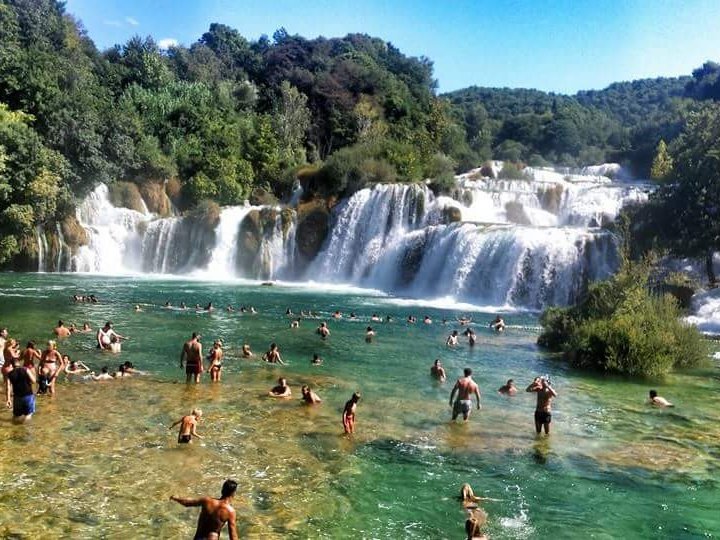
Croatia is the ex-Yugoslavian country I’ve spent the most time in. A few years ago, a Serb bitterly said to me that “the Croats got the most beautiful parts of Yugoslavia!” Indeed, Hrvatska is one of the most beautiful countries in Europe. Even driving a few hours on the highway is a spectacle, as you will get constantly rewarded with fantastic landscapes.
As the country has the longest coastline of the ex-Yugoslavian countries, it’s the obvious country for beach bums. My highlight in Croatia were the small medieval towns though. Wandering through the small alleys of towns like Trogir or Sibenik is just amazing. Plus there are also some nice National Parks in Croatia like Plitvice Lakes or Krka.
Tourism has massively increased in recent years. While Croatia was a hidden gem 15 years ago, mass tourism has definitely arrived. Tourism has also ruined places like Dubrovnik, as this small town has been overrun in the last years so that the local started protesting against the hordes of tourists.
Croatia is like Slovenia more westernized than the rest of former Yugoslavia. That’s why it might be the wrong country for people who are looking for that Yugoslavian feeling.
Go for: islands, ocean, party, scenery, medieval towns
Don’t go for: cheap prices, Zagreb, tourist-free zones
Bosnia and Herzegovina
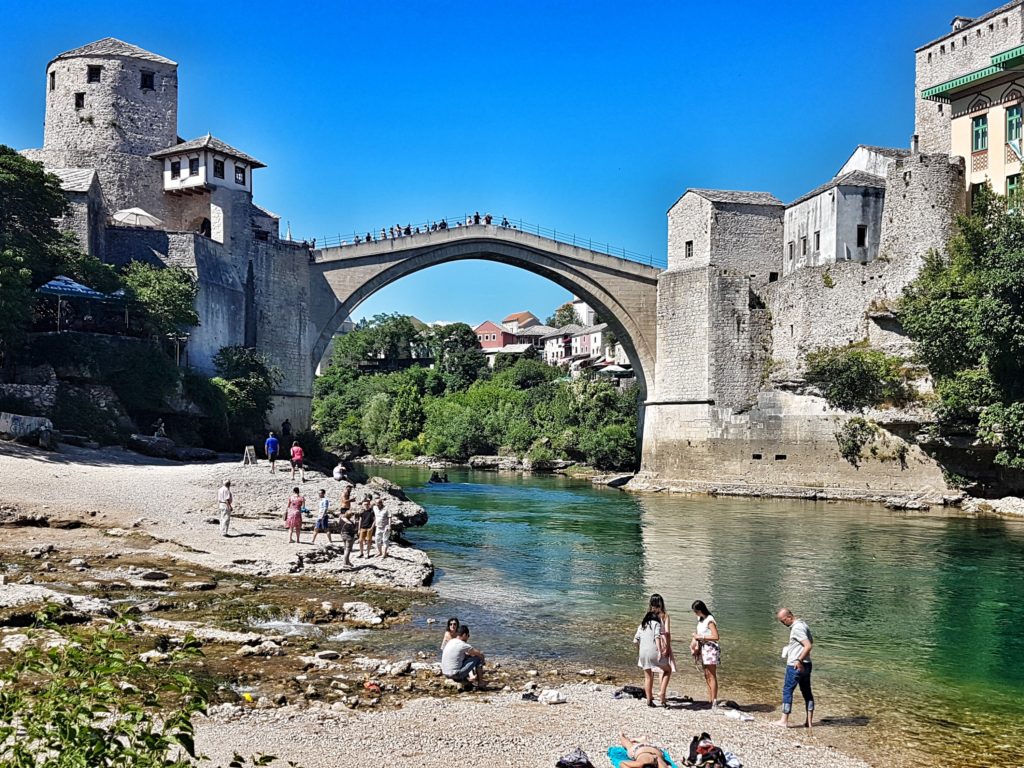
Things start to get different here. In Bosnia and Herzegovina, you will see the strongest influence of the Ottoman Empire in Europe (expect for the European part of Turkey of course). Sarajevo is the most Islamic capital city in Europe. However, this country is a melting pot where the West meets the East. It’s also the country that was home of many meaningful historic events. For example, the assassination of Franz Ferdinand happened in Sarajevo, which lead to World War 1.
While Sarajevo and Mostar are nice cities, I was even more surprised about the beautiful nature of the country that we witnessed while driving from Sarajevo to Montenegro. The green landscapes, the lakes and the rivers were just stunning. Bosnia and Herzegovina has a mini-coastline and it’s not worth going there because of the ocean. Besides, infrastructure starts to get poor in this country. The route to Montenegro features some of the worst roads I have seen in Europe.
There is a huge difference when it comes to prices between Bosnia and Herzegovina and Slovenia/Croatia. A meal in a good restaurant shouldn’t cost more than 12-13€. A snack on the street, Burek for example, can be found for 1-1.50€ and you will be full after that. Only Kosovo is cheaper.
Go for: history, Ottoman influence, kind people, nature, rock bottom-prices
Don’t go for: beaches, pork
Montenegro
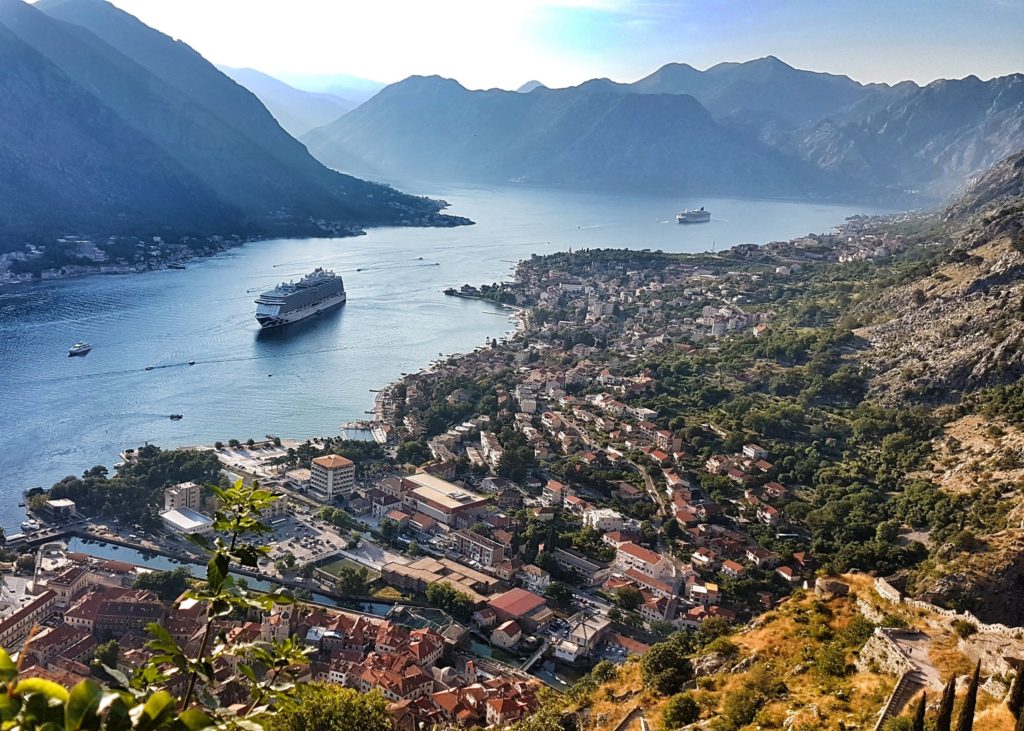
Montenegro, formerly connected to Serbia, used to be an insider tip a few years ago. These times seem to be over now (Albania took this part and it’s going to be over there too in 2-3 years), but Montenegro is still worth a visit.
Although the 9th smallest country in Europe, Montenegro is super diverse. You have mountains, beaches and forests just a few kilometers away from each other. It’s an ideal destination for either outdoor activities like hiking or for relaxing in some of the most idyllic towns of Europe. Driving along the coastline is a real highlight and as good as in Croatia.
Budva is great for parties in July/August but generally, Montenegro is not a hardcore party destination. It’s rather a country that is ideal for enjoying beautiful nature. The country is slightly more expensive than Bosnia and Herzegovina, but still cheaper than Slovenia and Croatia.
By the way, Podgorica is in my opinion the most unspectacular capital city in Europe I’ve been to. Avoid it.
Go for: Idyllic towns, outdoor fun, scenery, diversity
Don’t go for: Podgorica, (party)
Serbia
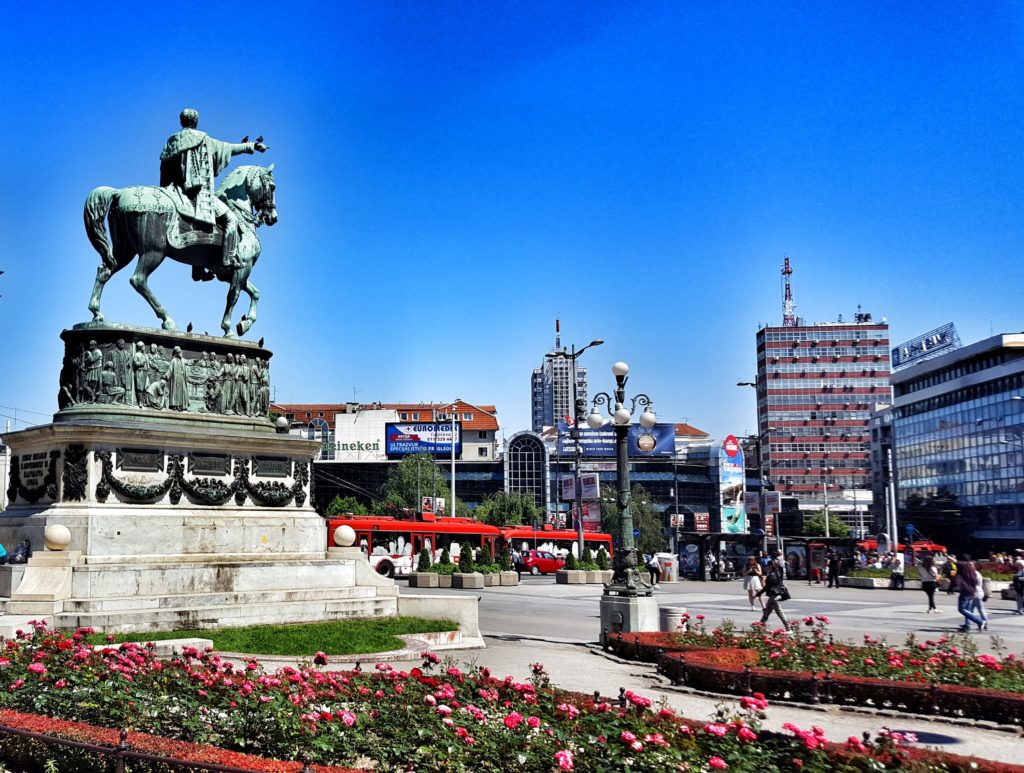
Going eastwards from Bosnia and Herzegovina to Serbia, you’re entering the heart of former Yugoslavia with its capital Belgrade. Belgrade is a cool city, and has the reputation of having one of the best clubbing scenes in Europe.
Serbia is mentality-wise very different from the ex-Yugoslavian countries in the West. It’s a Christian-Orthodox country, whereas the majority in Slovenia and Croatia is Roman-Catholic and Muslim in Bosnia and Herzegovina. National pride/nationalism is in my opinion the most distinct in this country. But how can you blame the Serbs? Serbia has been the Western World’s scapegoat in recent years, which resulted in the separation of Kosovo.
I cannot comment on rural Serbia, and I believe most of the tourists choose Belgrade as their destination. There is a good reason why though. Belgrade is a lively city that offers a lot of fun. It’s not the most beautiful city, but it has a great vibe and you’ll see some of the best looking European people there. It’s also a bit of a scam city, but you should be fine if you take precaution. Nevertheless, it’s also possible to do day trips from the capital and visit the Djerdap National Park or the Mountains which are not far.
Go for: Clubbing, beautiful people, value for money
Don’t go for: …if you’re Albanian/Kosovar.
Kosovo
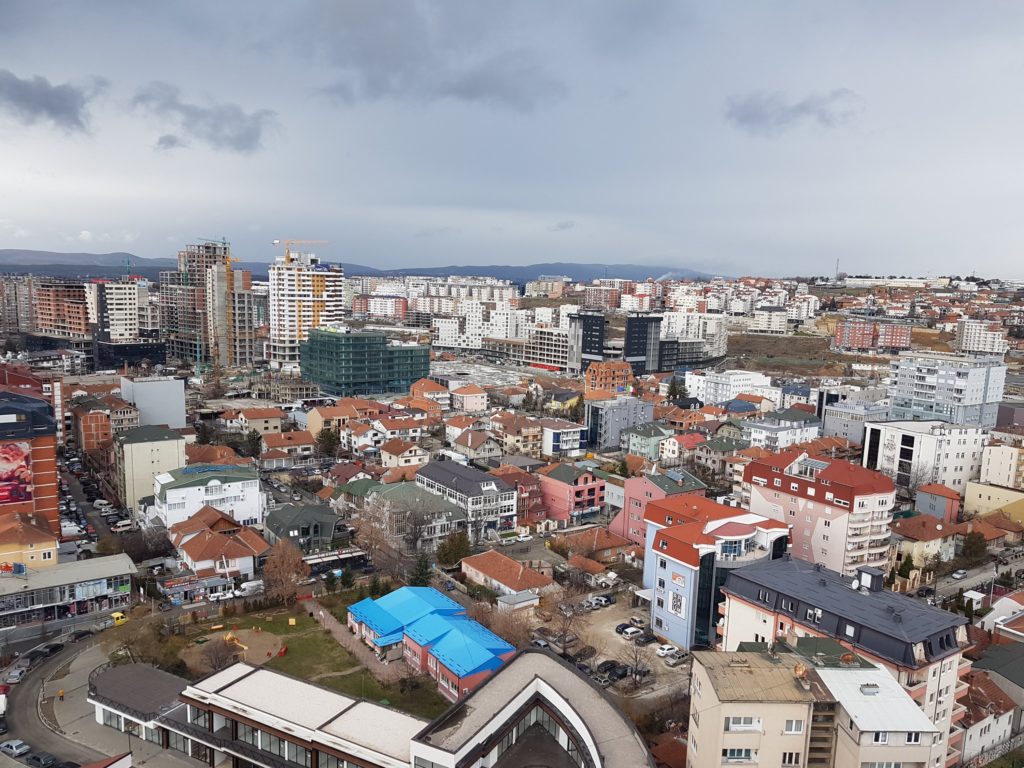
Kosovo is actually not a real country, as it is internationally not fully recognized. Although the capital Pristina is one of the ugliest cities in Europe, there are still a few good reasons to go there. The vibe in the capital is really cool and you could be the only tourist there. Nightlife delivers too. If you’re looking for a more beautiful city, the answer is Prizren.
This youngest country in Europe is also one of the continent’s poorhouses. There is no good functioning economy and the country heavily relies on the money of the emigrants. Having said that, prices are among the lowest on the European continent. Expect to pay 30-40 cents for a (delicious) cup of coffee.
Kosovo is a wild mixture of everything. Islam is the pre-dominant religion, but you can also see the Christian-Orthodox and even the old communist influence. It shouldn’t be the first choice for people, who would like to travel to former Yugoslavia. It’s rather a off the beaten track-destination for curious people.
Go for: atmosphere, nightlife, some of the cheapest prices in Europe
Don’t go for: beautiful capitals
Macedonia
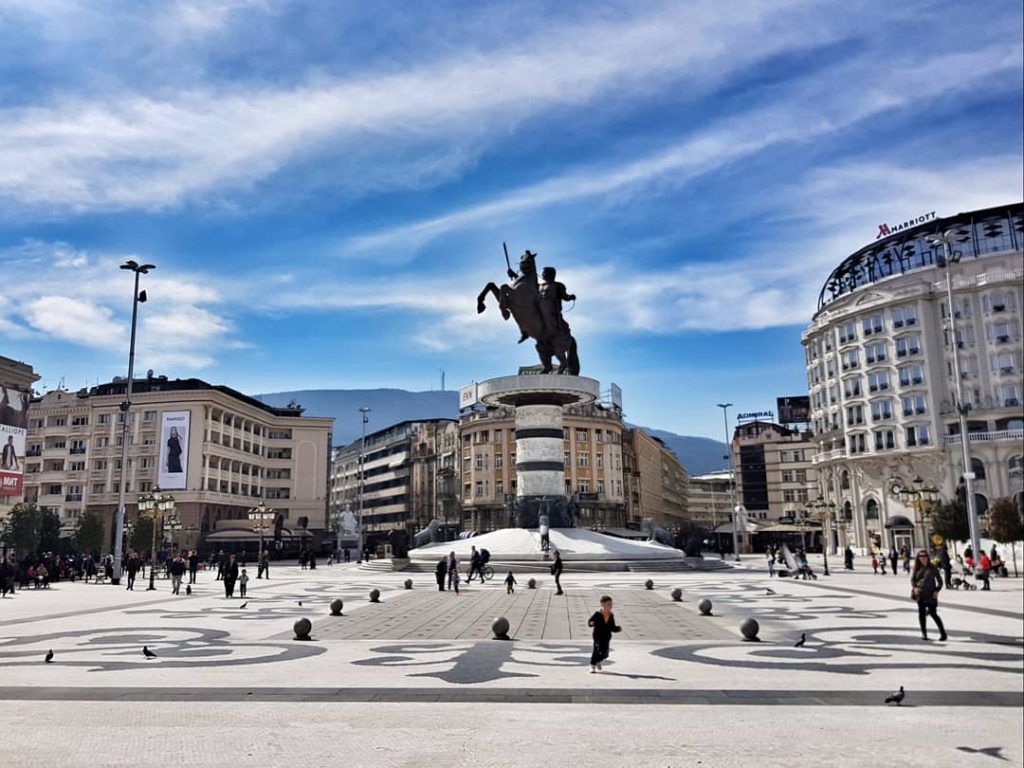
This country is geographically the most Eastern of the former Yugoslavian countries. And you definitely feel that while being there. It’s not as developed as Croatia for example and you’ll see plenty of stray dogs and beggars there.
The country is a bit a mix of every other former Yugoslavian country East from Croatia. You can see the Christian-Orthodox influence next to the Islamic one. Macedonia is the ex-Yugoslavian country with the least tourists after Kosovo, but tourism increased in recent years. The country is not large and it wouldn’t take a lot of time to see most of the country.
Nevertheless, the capital city Skopje and Ohrid are the two main tourist destinations. In Lake Ohrid, you can either enjoy the idyllic nature or do some outdoor activities like kayaking or paragliding.
It’s also a very cheap country. Similar to Bosnia and Herzegovina.
Go for: if you want to have a mix of Bosnia and Herzegovina, Serbia, Montenegro and Kosovo
Don’t go for: beaches
Wanna check out all the trip reports I wrote about the countries of former Yugoslavia, plus all other countries I have been to? Click this link.
